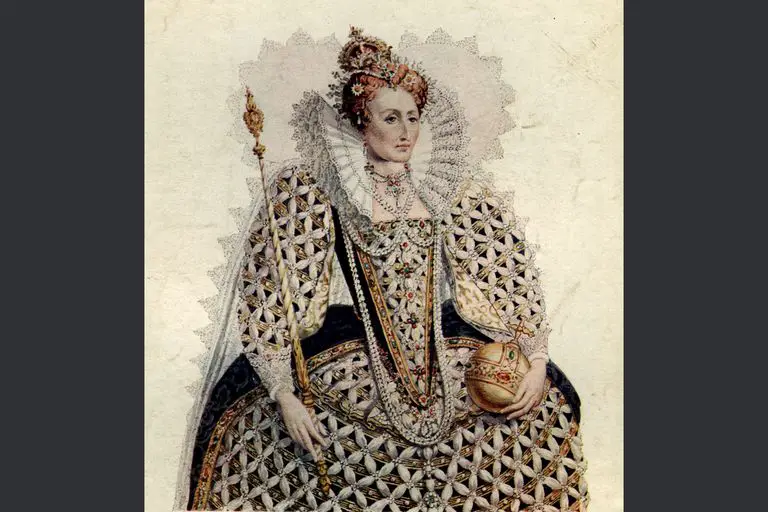Female Royalty Titles: Nobility was the second highest rung of the hierarchy ladder with Royalty being at the top. The Royalty and Nobility were accorded titles and addressed that way. In fact, it was considered rude and sometimes punishable to address the higher class without their titles.

In English, the word “queen” apparently designated the king’s wife. During the rule of pre-Norman England, the name of the king’s wife was not even mentioned, as her position was not considered one requiring a title.
Gradually the position and titles evolved. The first woman to be coronated in England was The queen Aelfthryth or Elfrida, wife of King Edgar.
What were the Female Royalty Titles?
Though the titles run parallel to their male counterparts, here we shall look at the titles of the females during the Victorian times.

- The Queen
- Princess
- Duchesses, wives of the King’s/Queen’s sons: The highest rank and title in the British peerage, She is addressed as “Your Grace” and all her younger sons are “Lords” and all her daughters “Ladies” with the prefix “Right Honorable”.
- Marquesses: A Marquess is “Most Honorable”; and also addressed as “My Lady Marquesses”.All her younger sons are “Lords” and her daughters “Ladies”; the eldest sons bears his father’s “second title”.
- Earl: An earl is “Right Honourable”; and is styled “My Lord”, the eldest son bears his father’s “second title,” and his other sons are “Honorable” but all his daughters are “Ladies.”
- Viscountess: The fourth degree of rank and dignity in the British peerage. Introduced by Henry VI in 1440. A Viscount is a “Right Honourable” and is styled “My Lord.” All his sons and daughters are “Honorable.”
- Baroness: All children of a Baron are “Honorable.”
The precedence of Women is set by the Rank and Dignity, but not by the Office, of their father before marriage. All the unmarried sister also share the same degree and title, which is the degree that their eldest Brother holds (or would hold) amongst men. After marriage, women share the dignities and precedence of their husbands.
The dignities which ladies have by birth or by right of inheritance are not imparted by marriage to their husbands. The titles and degree of females change according to the males.
The wife of a peer always takes her rank and therefore takes her actual precedence from her husband. The widow of a peer, so long as she remains a widow, retains the rank of her husband, but should if she remarries, her new precedence will then be determined either by the rank of her second husband or by the rank that was her own by birth.
The wife of the eldest son of any degree precedes all her husband’s sisters and also all other ladies having the same degree of rank with them. A peeress by marriage who is also a peerage in her own right signs first her husband’s title, adding her own afterward.
More Info On- Royal British Nobility Titles in order, Parasols in a Victorian era, Famous Victorian Era Gardens in Britain